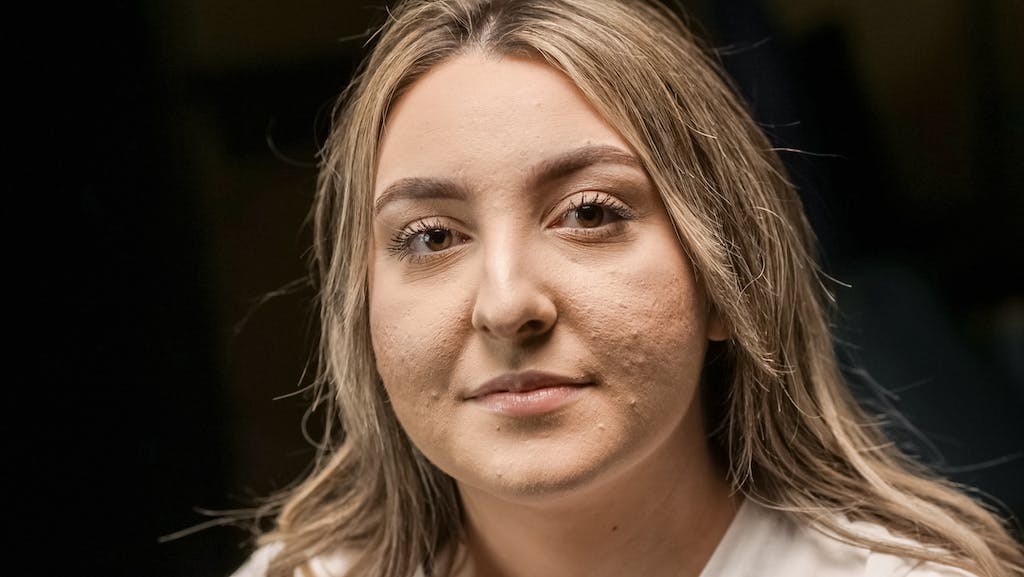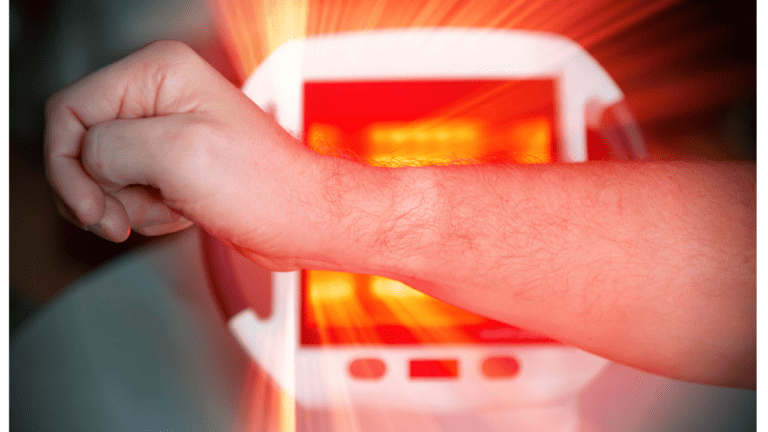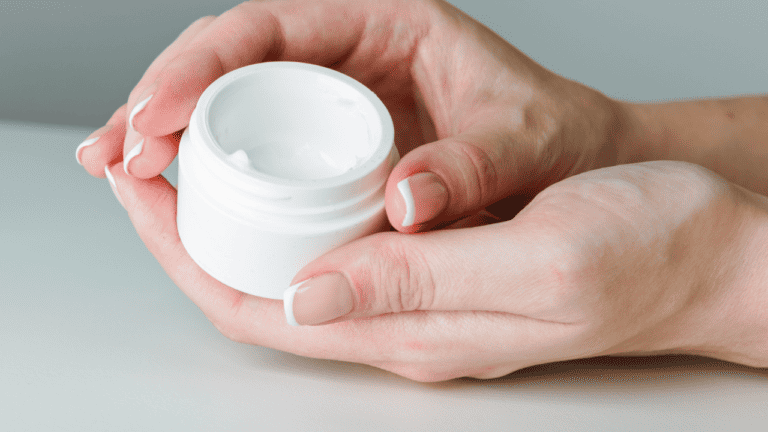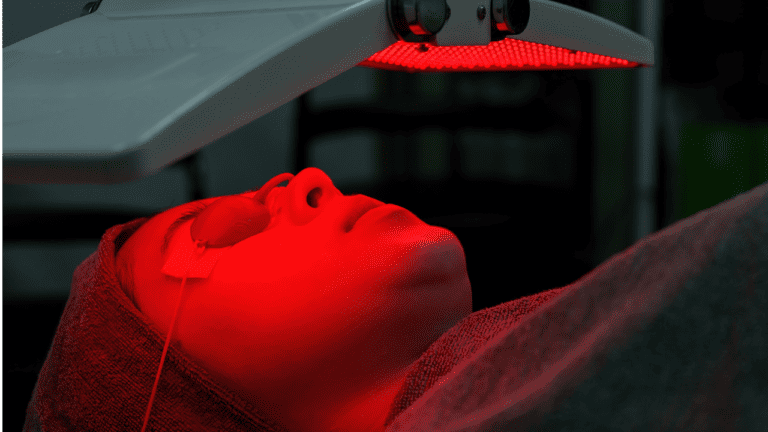Acne scars look worse after micro needling because of temporary inflammation. What happens is that since micro needling uses tiny needles to repeatedly puncture the skin, it leads to inflammation that can make scars more noticeable for roughly 1 to 2 days.
Overall, it is important to understand the potential risks and benefits of microneedling before deciding to undergo the procedure. It is also important to follow proper aftercare instructions to minimize the risk of scarring. If you are concerned about the appearance of your acne scars after microneedling, there are several ways to manage them at home, however we also recommend seeing a dermatologist.
Key takeaways
- Microneedling treats acne scars, fine lines, and wrinkles.
- It can temporarily worsen acne scars due to skin inflammation and micro-tears.
- Consult a dermatologist for proper aftercare to minimize scarring and achieve optimal results.
Reasons for Acne Scars Appearing Worse Post-Microneedling
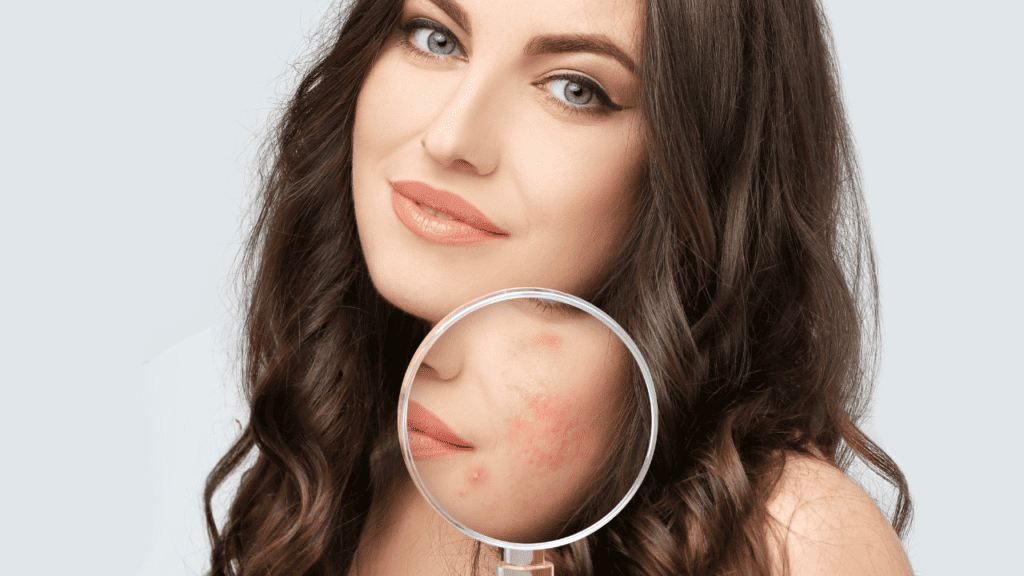
Microneedling is a minimally invasive cosmetic treatment that involves puncturing the skin with fine needles to stimulate collagen production. It is a widely popular treatment for acne scars and other skin imperfections. However, some people may notice that their acne scars appear worse after microneedling. Here are some possible reasons why this may happen:
1. Short-Term Inflammation and Swelling
Microneedling involves creating tiny punctures in the skin using needles. This process can cause short-term inflammation and swelling, which can make the skin look red and puffy. In some cases, this inflammation can make acne scars appear more pronounced. Similarly, your acne scars may look slightly worse after the shower because of the heat from the shower. However, this is usually a temporary effect that subsides within a few days.
2. Skin’s Healing Process
Microneedling works by triggering the skin’s natural healing process. The tiny punctures created during the treatment stimulate the production of collagen and elastin, which help to plump up the skin and reduce the appearance of acne scars. However, the healing process takes time, and it may take several weeks or even months for the full benefits of microneedling to become visible. In the meantime, the skin may look worse before it looks better.
3. Pigmentation Changes
Microneedling can also cause changes in the skin’s pigmentation. In some cases, the treatment can cause hyperpigmentation, which is characterized by dark patches on the skin. This can make acne scars appear more pronounced, especially if they are already dark in color. However, this is a rare side effect, and it usually only occurs in people with darker skin tones.
4. Pre-existing conditions
When it comes to micro-needling, the state of your skin prior to the procedure plays a crucial role in the outcome. If you have pre-existing skin conditions like active acne, eczema, rosacea, or psoriasis, these issues can significantly impact the healing process and the final results.
For instance, micro-needling on skin with active acne can spread bacteria, leading to more breakouts and potentially increased scarring. Similarly, conditions like eczema and psoriasis are characterized by heightened skin sensitivity and inflammation. Undergoing micro-needling in such cases can exacerbate these conditions, leading to more pronounced redness, irritation, or even triggering a flare-up of the condition. It’s essential to have a thorough evaluation of your skin by a qualified dermatologist before considering micro-needling.
5. Inadequate Aftercare
Post-procedure care following micro-needling is as vital as the procedure itself. Inadequate aftercare can lead to a range of issues, potentially worsening the appearance of acne scars.
After micro-needling, your skin is in a sensitive and vulnerable state, requiring careful management to ensure proper healing. Neglecting to follow the aftercare instructions provided by your dermatologist can hinder the skin’s natural healing process.
For example, failure to apply the recommended moisturizers or healing serums can result in dryness and irritation, impeding the skin’s ability to regenerate effectively. Similarly, exposure to the sun without adequate protection can cause further damage to the already sensitive skin, increasing the risk of hyperpigmentation and scarring.
It’s crucial to avoid any activities that may introduce bacteria to the skin, such as touching your face with unclean hands or using contaminated makeup tools, as this can lead to infections and worsened scarring. Follow a very gentle skincare routine after micro needling, avoid acids, retinol and give your skin the time it needs to heal. Always follow the specific aftercare instructions provided by your skincare professional and do not hesitate to contact them if you have any concerns during the healing process. Your commitment to proper aftercare is a significant factor in the success of your treatment.
In conclusion, while microneedling is an effective treatment for acne scars, it is not without its risks. Some people may experience short-term inflammation and swelling, while others may notice changes in their skin’s pigmentation. However, these effects are usually temporary and subside within a few days or weeks. It is important to discuss the risks and benefits of microneedling with a qualified dermatologist before undergoing the treatment.
Caring for Skin After Microneedling

Microneedling is a popular cosmetic procedure that involves creating tiny punctures in the skin to stimulate collagen production, reduce the appearance of scars, wrinkles, and fine lines. While microneedling is a minimally invasive procedure, proper aftercare is essential to ensure optimal healing and prevent complications.
Immediate Aftercare Recommendations
After microneedling, the skin may be red, swollen, and sensitive to the touch. It is crucial to keep the skin clean and avoid touching or scratching the treated area to prevent infection. Here are some immediate aftercare recommendations:
- Wash the face with a gentle cleanser and lukewarm water to remove any debris or blood.
- Apply a cooling gel or serum to soothe the skin and reduce inflammation.
- Avoid applying makeup or other products to the treated area for at least 24 hours.
- Avoid direct sunlight and wear protective clothing or sunscreen with at least SPF 30 when going outside.
Long-Term Skin Care Post-Procedure
Proper long-term skin care is essential to maintain the results of microneedling and prevent future damage. Here are some tips for long-term skin care post-procedure:
- Apply a moisturizer daily to keep the skin hydrated and prevent dryness.
- Use a gentle cleanser to avoid irritating the skin and remove any dirt or debris.
- Avoid direct sunlight and wear protective clothing or sunscreen with at least SPF 30 when going outside.
- Avoid using harsh products or exfoliants that may damage the skin.
- Schedule regular follow-up appointments with a dermatologist or skincare professional to monitor the skin’s progress and adjust the treatment plan if necessary.
Overall, proper aftercare is crucial for optimal healing and long-term skin care after microneedling. By following the above recommendations, individuals can ensure that their skin heals properly and maintain the results of the procedure.
Microneedling is a popular cosmetic procedure to treat acne scars, fine lines, and wrinkles. It involves using a device with tiny needles to puncture the skin and stimulate collagen production. While many people have reported positive results from microneedling, some have noticed that their acne scars look worse after the procedure.
There are several reasons why acne scars may appear worse after microneedling. One possible explanation is that the procedure can cause temporary inflammation, which can make scars more noticeable. Additionally, microneedling can cause micro-tears in the skin, which can lead to scarring if not properly cared for.
When to Consult a Dermatologist

Microneedling is a minimally invasive procedure that can help improve the appearance of acne scars. However, in some cases, microneedling can cause adverse reactions, and it is important to know when to consult a dermatologist.
Identifying Adverse Reactions
After microneedling, it is common to experience some redness, swelling, and mild discomfort. However, if these symptoms persist for more than a few days or if they are accompanied by other symptoms, such as fever, it may be a sign of an infection. In this case, it is important to consult a dermatologist who can diagnose and treat the infection.
Other adverse reactions to microneedling may include hyperpigmentation, scarring, and allergic reactions. If you notice any of these symptoms after microneedling, it is important to consult a dermatologist who can help you manage these side effects.
Planning Further Treatments
If you have undergone multiple treatments of microneedling and are not seeing the desired results, it may be time to consult a dermatologist. A dermatologist can help you determine whether microneedling is the right treatment for your acne scars or whether you should consider other treatments, such as chemical peels or laser resurfacing.
The American Academy of Dermatology recommends that you consult a dermatologist before undergoing any cosmetic procedure. A dermatologist can help you understand the risks and benefits of the procedure and can help you develop a treatment plan that is tailored to your individual needs.
In summary, if you experience adverse reactions to microneedling, such as infection or scarring, or if you are not seeing the desired results after multiple treatments, it is important to consult a dermatologist. A dermatologist can help you manage any side effects and can help you develop a treatment plan that is tailored to your individual needs.
Understanding Microneedling and Acne Scarring
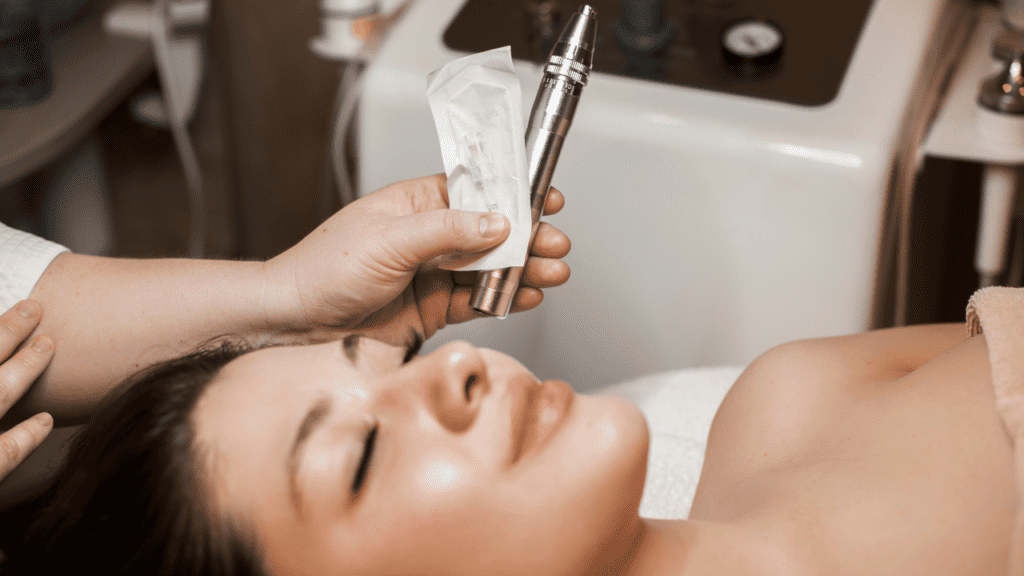
Microneedling is a popular skin care treatment that involves using fine needles to create tiny punctures in the skin. This process is designed to stimulate collagen production and improve the overall texture and appearance of the skin. While microneedling can be effective for a wide range of skin concerns, including wrinkles, stretch marks, and discoloration, some patients have reported that their acne scars look worse after microneedling.
What Is Microneedling?
Microneedling is a minimally invasive procedure that involves using a device with small needles to create tiny punctures in the skin. These punctures stimulate collagen production, which can improve the overall texture and appearance of the skin. The procedure is typically performed by a dermatologist or trained skin care professional.
How Acne Scars Form
Acne scars form when the skin is damaged by acne, causing it to produce too much collagen or too little collagen. When the skin produces too much collagen, it can create raised scars called hypertrophic scars. When the skin produces too little collagen, it can create depressed scars called atrophic scars.
While microneedling is designed to stimulate collagen production, it can sometimes cause the skin to produce too much collagen, which can make acne scars look worse. Additionally, microneedling can cause temporary inflammation and redness, which can also make acne scars look more visible.
Overall, microneedling can be an effective treatment for a wide range of skin concerns, but it may not be the best option for everyone with acne scars. Patients should consult with a dermatologist or trained skin care professional to determine the best treatment option for their specific needs.
Frequently Asked Questions
What are the common side effects of microneedling on acne scars?
Microneedling is a minimally invasive procedure that involves the use of small needles to puncture the skin. While it is generally considered safe, there are some common side effects that patients may experience after the treatment.
According to GoodGlow, redness and swelling of the skin are quite common side effects of microneedling. However, these side effects are temporary and will naturally decrease with time.
How long does it typically take to see improvement in acne scars after microneedling?
The time it takes to see improvement in acne scars after microneedling varies from person to person.
According to Healthline, it can take several weeks or months for patients to see significant improvement in their acne scars. However, some patients may notice improvement in their skin texture and tone after just one treatment.
Is it possible for microneedling to exacerbate the appearance of acne scars?
While microneedling is generally considered safe, it is possible for the treatment to exacerbate the appearance of acne scars in some patients.
According to RealSelf, some patients may notice that their acne scars look worse after microneedling. However, this is a rare occurrence and most patients will experience improvement in their acne scars after the treatment. It is important for patients to discuss their concerns with their dermatologist before undergoing microneedling treatment.
